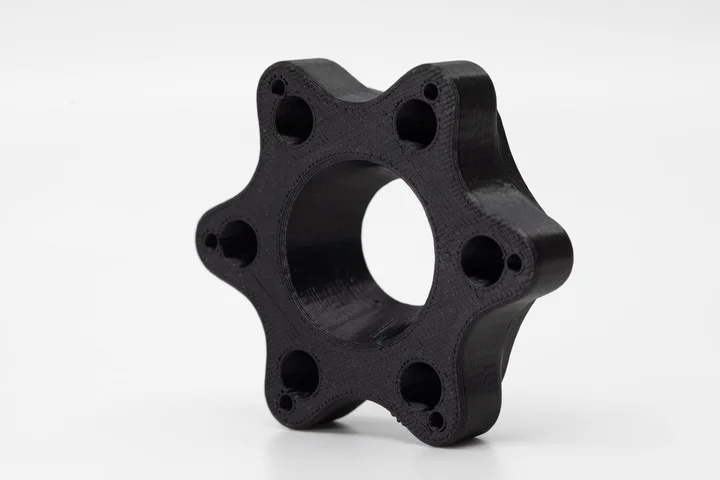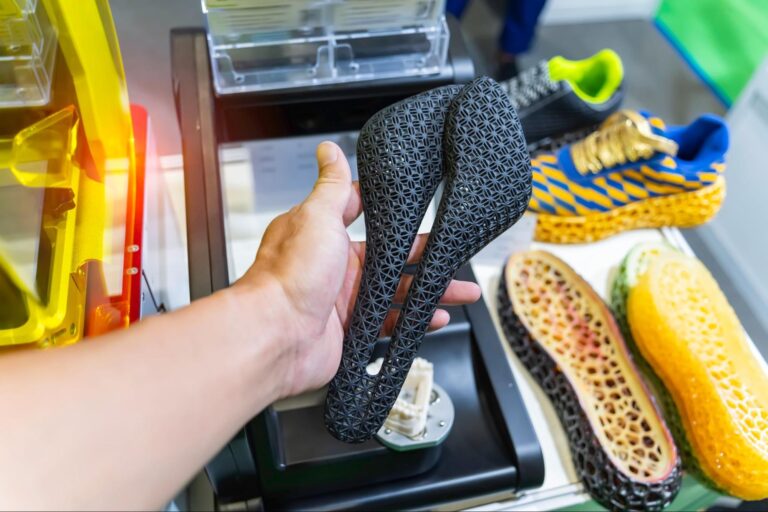ABS ESD (Electrostatic Dissipative) is a specialized 3D printing material designed to prevent the build-up of electrostatic charges. It’s commonly used in applications where electrostatic discharge (ESD) poses a risk to sensitive electronic components and equipment. Here are some applications for ABS ESD in 3D printing:
Electronic Enclosures: ABS ESD is often used to create protective enclosures, cases, and housings for sensitive electronic devices, such as circuit boards, sensors, and control systems. It helps prevent electrostatic discharge that could damage or disrupt the functioning of these components.
Aerospace Components: In the aerospace industry, where electronic systems are critical, ABS ESD can be used to produce components and enclosures for avionics, navigation equipment, and communication systems to ensure their protection against electrostatic discharge.
Automotive Electronics: ABS ESD is suitable for manufacturing enclosures and brackets for automotive electronic control units (ECUs), sensors, and other electrical components to prevent ESD-related issues.
Medical Devices: Medical equipment and devices often contain sensitive electronics. ABS ESD can be used to create casings and enclosures for medical devices like diagnostic equipment, monitoring devices, and laboratory instruments.
Semiconductor Manufacturing: In cleanroom environments where semiconductor manufacturing takes place, ABS ESD can be used to create tooling and fixtures that prevent electrostatic discharge, which can damage delicate semiconductor components.
Electronic Test Fixtures: ABS ESD is used for creating custom test fixtures and jigs used in the testing and quality control of electronic components and circuit boards.
Assembly Line Equipment: Manufacturers of electronic products can use ABS ESD to produce custom assembly line equipment that safeguards against electrostatic discharge during the manufacturing process.
Static-Control Workstations: ABS ESD can be used to create workstations and benches with built-in static-control properties, providing a controlled environment for assembling and testing electronic components.
Storage Containers: For the safe storage of sensitive electronic components, ABS ESD can be used to create antistatic storage containers, trays, and racks.
Repair and Maintenance Tools: Tools used in the repair and maintenance of electronic equipment, such as screwdriver handles and tool grips, can be 3D printed with ABS ESD to prevent static discharge during use.
Cleanroom Accessories: In cleanroom environments, ABS ESD is used to create various accessories like hooks, holders, and brackets to ensure that tools and equipment remain static-free.
Prototyping and Development: ABS ESD can be used in the prototyping and development of electronic products to test and validate designs while ensuring electrostatic protection.
ABS ESD is a crucial material for industries where electrostatic discharge can lead to significant problems, including damaged electronics, malfunctions, and safety hazards. It provides peace of mind by offering a way to mitigate the risks associated with ESD in various applications.










